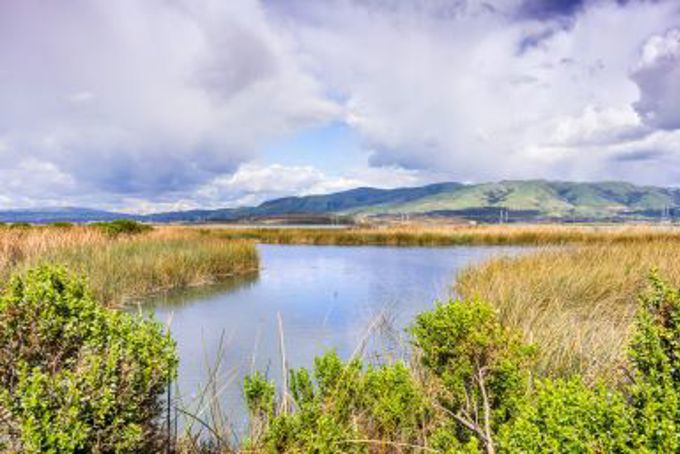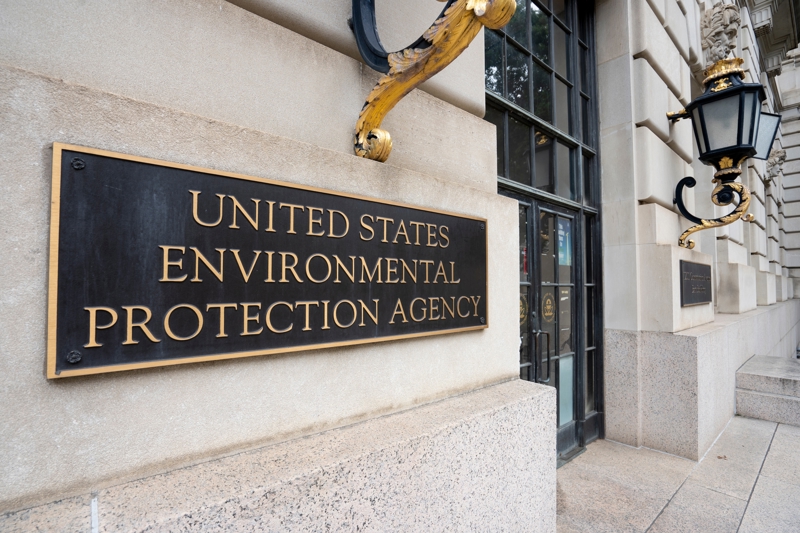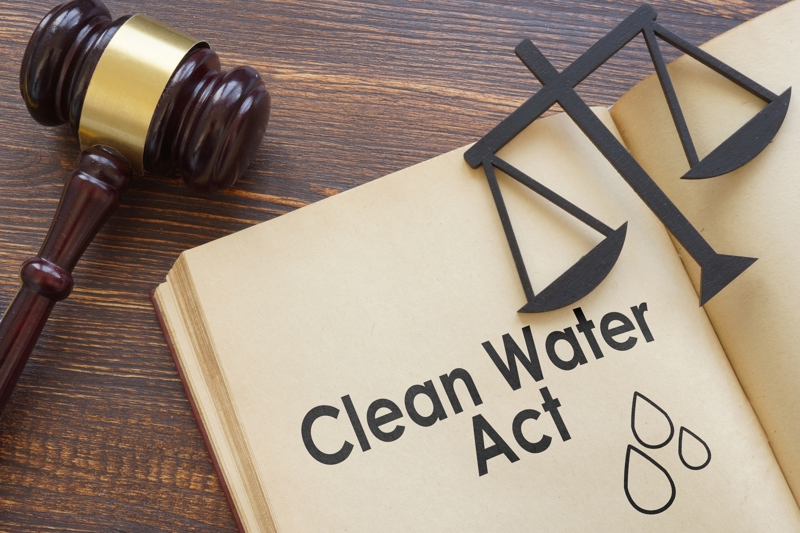
Need a Wetland Permit in Virginia?
Agencies and terms you need to be familiar with include:
- Virginia Department of Environmental Quality (Virginia DEQ)
- Virginia Administrative Process Act
- The Clean Water Act
- Section 404 Permit
- U.S. Army Corps of Engineers
- Virginia State Water Control Law
- Virginia Tidal Wetlands Act
- Virginia Nontidal Wetlands Act
- Virginia Marine Resources Commission
- Local Wetlands Board
Your smartest move is to schedule a free consultation with an experienced wetland permit attorney in Virginia. We’ll start by emailing you a few questions to determine if we’re the best resource to help you. Once you reply to our email we’ll take a moment to review it and then, if appropriate, set up a time for you to receive personalized answers to your questions - which is so much easier and more efficient than trying to figure it out on your own. Even if we aren’t the right team to solve your issue (for example, you live outside the State of Virginia) we’ll do our best to point you in the right direction.
You are encouraged to continue reading this article to gain a better understanding of the potential entities and regulations impacting your situation. Understanding these key concepts will dramatically enhance the value you receive from working with an experienced wetlands attorney in Virginia.

Shutterstock: Tada Images
State and Federal Wetland Regulations
If you’re like most homeowners in Virginia, it can feel confusing and even frustrating to learn that portions of the property you purchased may be restricted by wetland regulations - which is often not adequately disclosed at the time of purchase.
People may not recognize the presence of wetlands because, when land is divided up and sold, it is rarely subdivided along the same borders which define wetlands versus uplands. It’s just not something on the forefront of most buyers’ minds. Remember, though, that section 301 of the Clean Water Act requires a federally-issued permit for impacts to wetlands and section 62.1-44.15:20 of the State Water Control Law requires a state-issued permit for these same impacts. This link takes you to an article we published a few years ago that provides a real-world example of what happened to a homeowner who added dirt at his property in an area he did not know was a wetland.
It is also rarely a black and white issue. There are a lot of gray areas. This means that the process can matter more than the letter of the law. If you miss a step, like failing to file a notice or appeal in a timely manner, no matter what legal standing you may have had - it’s gone forever. Knowledge and experience matter a great deal.
Next up we’ll share an element of the many conversations we have had with Virginia landowners attempting to modify or add a structure along Virginia’s waterways:
Who cares if my property is moist?
Over the past 30 years, this wetland permitting question has come up a great deal.
“It’s my property! I own it and I should be allowed to alter it without bureaucratic interference. Who cares if it’s moist?”
Here’s who…
Virginia DEQ
The Virginia Department of Environmental Quality is one of many agencies assigned the mission of serving the public’s interest by managing our waterways, reducing soil erosion and maintaining the stability of structures on or near the waters that touch or flow through the state of Virginia.
Their jurisdictional authority is, in large part, defined by the presence of water on or near your property. Their scope also includes land use activities which have an impact on the environment. This could include disturbing land, discharging pollutants or changing the flow of water into or out of local wetlands and streams.
They are bound by the guidelines laid out in the Virginia Administrative Process Act (see below).
Virginia Administrative Process Act (VAPA)
The issuance of wetlands permits in Virginia is a process fundamentally shaped by the Virginia Administrative Process Act (VAPA). This overarching state law ensures that the actions of state agencies, including those tasked with protecting Virginia's wetlands, are conducted in a manner that is transparent, accountable, and provides for public participation and judicial oversight.
The primary agencies responsible for wetlands permitting in the Commonwealth are the Department of Environmental Quality (DEQ) (see above) and the Virginia Marine Resources Commission (VMRC) (discussed below). The DEQ (see above) administers the Virginia Water Protection (VWP) permit program, which is the key state-level approval needed for most activities that will impact wetlands. The VMRC, in conjunction with the Local Wetlands Boards, has jurisdiction over tidal wetlands. The application for these permits is typically initiated through a Joint Permit Application (JPA), which is reviewed by all relevant state and federal agencies.
The VAPA's influence is woven throughout this permitting process, from the initial public notice to the final opportunity for judicial review.
But that’s only the State of Virginia. Now, let’s look at the equally important Federal side of the coin.

Shutterstock: Jack the Sparrow
The U.S. EPA, the U.S. Army Corps of Engineers & The Clean Water Act
The Clean Water Act is one of the more well-known but all too often poorly understood Federal laws. This is, in part, because it originates from a much earlier body of law, called the Federal Water Pollution Control Act.
The EPA summarizes it this way:
“The Clean Water Act (CWA) establishes the basic structure for regulating discharges of pollutants into the waters of the United States and regulating quality standards for surface waters.”
In other words, if water is moved from one area to another, this activity must be performed in compliance with the CWA. This includes utilizing pipes or manmade ditches to drain or reroute water along your property - especially when the potential exists for pollutants to come into contact with moist soil or waterways.
The goal is noble:
Prevent pollutants and other harmful activities from impacting the health and safety of our nation’s waterways.
However, failure to fully comprehend its impact on your project before getting started can result in fines and even jail time - which leads us to the most common way attorneys representing homeowners and developers engage with and resolve potential CWA compliance concerns…
The US Army Corps of Engineers (USACE) & Section 404 Permitting
The U.S. Army Corps of Engineers (USACE) and Section 404 of the Clean Water Act form the cornerstone of federal protection for wetlands across the United States. The U.S. EPA has oversight over the USACE, but it is the USACE that handles federal wetlands permitting on a day-to-day basis (under the authority given in Section 404 of the Clean Water Act). Any individual seeking to alter these vital ecosystems must first obtain a permit from the USACE.
At the heart of this process is Section 404 of the Clean Water Act (discussed above).
The USACE is the federal agency tasked with administering the Section 404 permitting program. Its role is to review permit applications for a wide range of activities that could impact wetlands. These activities include, but are not limited to:
- Filling wetlands for development projects such as housing subdivisions, commercial centers, and industrial facilities.
- Construction of infrastructure, including roads, bridges, and pipelines that cross through or are built within wetlands.
- Mining operations that involve the excavation and redepositing of soil and rock in or near wetlands.
- Levee and dam construction, which can alter water flow and flood patterns, significantly affecting wetland hydrology.
After an application is received, The Corps holds a "public interest review." This evaluation balances the anticipated benefits of the proposed project against its potential negative impacts on the environment and other public interest factors. These factors can include conservation, economics, aesthetics, fish and wildlife values, and the general welfare of the people.
The USACE can issue several types of permits under Section 404:
- Individual Permits: These are required for projects that are likely to have significant environmental impacts. The review process for an individual permit is the most rigorous and includes a public notice and comment period.
- General Permits: These are issued on a nationwide, regional, or state-specific basis for categories of activities that have been determined to have minimal individual and cumulative adverse effects on the aquatic environment. Projects that fall under a general permit can proceed with less extensive review, provided they meet the specified terms and conditions.
- Nationwide Permits (NWPs): A type of general permit, NWPs authorize specific activities across the country, streamlining the permitting process for common projects with minor environmental impacts.
Federal and Virginia State Wetlands Permitting
Another way to look at all of the information we outlined above:
The USACE, at the federal level, and Virginia both have their own permitting requirements, processes and guidelines that property owners must meet before making alterations to property that impacts wetlands in the State of Virginia.
We already explained (above) how the USACE operates the federal wetlands permit program. Things are a bit more complicated at the state level in Virginia. Localities (i.e. cities and counties) in Virginia have the opportunity to handle wetlands permitting in tidal wetlands, if they wish to do so, by establishing a Local Wetlands Board. Decisions of the Local Wetlands Board can be appealed to the VMRC. If a locality in Virginia decides that it does not want to set up a Local Wetlands Board, then the VMRC is the agency with authority to issue tidal wetlands permits. The DEQ is the agency in Virginia with authority to issue permits for nontidal wetlands. Each of these state-level agencies have their own processes - so attacking a decision with which you disagree requires an intimate understanding of not only the rules, but how each of these entities apply them.
Conclusion
Okay, that’s enough boring legal stuff. If your nose isn’t already resting on your spacebar and you think we can be of service - please do not hesitate to reach out. This is a complex, niche area of the law and you should only work with a team that has dedicated a significant portion of their professional career to its practice, while also building relationships with key stakeholders.
I and the attorneys with whom I work have strong connections and significant legal experience. As you can tell from the time a few years ago when I stripped off my shoes and got in the water to fend off a criminal enforcement action that an environmental regulator threatened against my client, I go the extra mile to protect our clients, if that is what is needed to get the job done.
Contact me if you would like me to publish more articles on wetlands law. Of course, you can always contact me for advice and assistance in connection with other needs specific to your particular situation.
